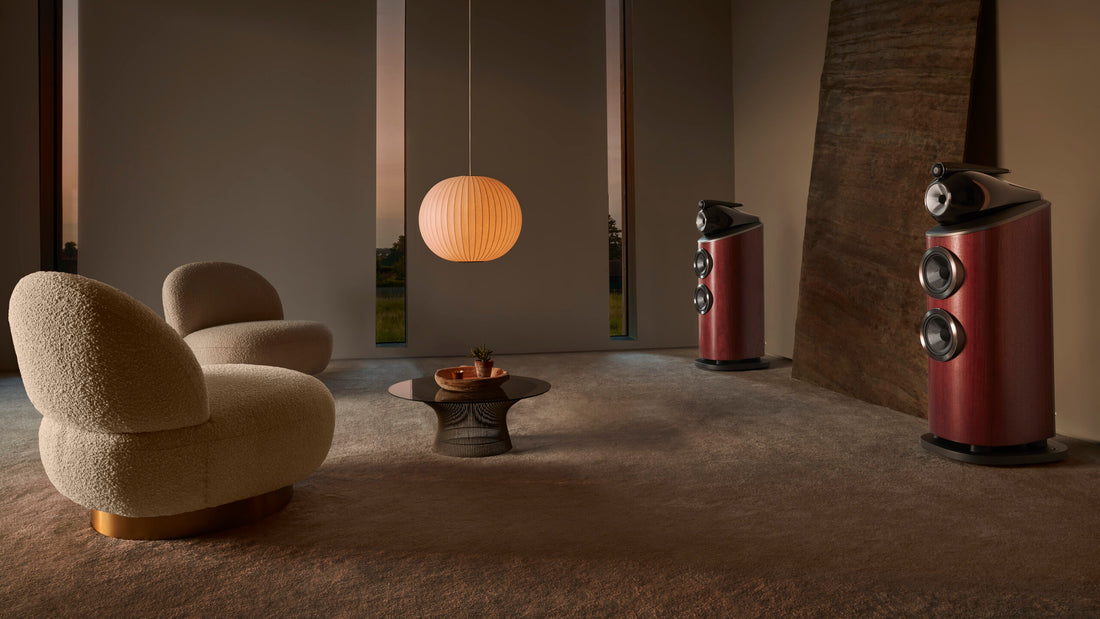When it comes to enjoying music or movies, having high-quality speakers is only part of the equation. The other crucial factor is the placement of those speakers in your room. Proper speaker placement can dramatically enhance the listening experience by delivering clear, balanced, and natural sound. In this blog post, we’ll cover some tips on how to position speakers in a room for optimal performance.
- Start with the right speakers
Before we dive into speaker placement, it's important to start with the right speakers. Look for speakers that are designed to work well in your room size and that match your listening preferences. You'll also want to consider the type of speakers that will work best for your listening environment, such as bookshelf speakers, tower speakers, or in-wall speakers. Keep in mind that the size, shape, and placement of your speakers will all play a role in how they perform in your room.
- Consider the room layout
The layout of your room will have a big impact on where you can place your speakers. For example, if your room is long and narrow, you may need to position your speakers closer together to avoid sound reflections off the walls. Conversely, if your room is wide, you'll want to position your speakers further apart to create a more expansive soundstage.
- Determine the listening position
Your listening position is another critical factor to consider when positioning your speakers. Your speakers should be angled towards your listening position, and the distance between your speakers should be the same as the distance between your listening position and each speaker. This will help create a more immersive and balanced soundstage.
- Use the right height
The height of your speakers can also make a big difference in sound quality. Ideally, your speakers should be at ear level when you're sitting in your listening position. If your speakers are too low or too high, the sound can become muddled or distorted.
- Avoid placing speakers in corners
While it may be tempting to place your speakers in the corners of your room to save space, this can actually lead to poor sound quality. Placing speakers in corners can cause sound waves to bounce back and forth between the walls, creating unwanted echoes and muddying the sound.

- Minimize reflections
Reflections can also have a negative impact on sound quality. To minimize reflections, avoid placing speakers too close to walls or other surfaces that can reflect sound waves. You can also use acoustic panels or other sound-absorbing materials to reduce reflections in your room.
- Experiment with positioning
The best way to find the optimal speaker placement for your room is to experiment with different positions. Start by placing your speakers in the recommended positions, and then listen to music or movies to see how they sound. If the sound isn't quite right, try moving your speakers around to different locations to find the best sound. Be patient and keep experimenting until you find the sweet spot.
In conclusion, proper speaker placement is essential for getting the most out of your audio system. By following these tips, you can position your speakers in a way that delivers clear, balanced, and natural sound, creating a more immersive listening experience. Remember, every room is unique, so it may take some trial and error to find the optimal placement for your speakers. However, the time and effort spent on finding the right position will be well worth it in the end.

